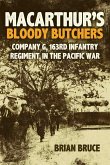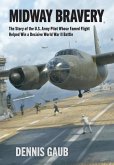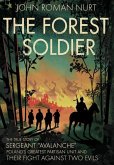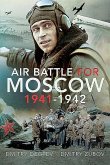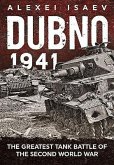Bloody Streets: Armor, Artillery and Assault Groups in the Battle of Berlin is a comprehensive reference work on armoured warfare during the battle. The Red Army launched their final offensive in Europe with the highest concentration of tanks and self-propelled artillery ever assembled up to that time. Yet, they lost more armour in each day of fighting than during any other battle the Allies fought during World War II. Most of the armour losses inside Berlin were caused by a new German weapon known as the Panzerfaust. The hand-held rocket was employed for the first time in large numbers and revolutionized anti-tank warfare. The new weapon allowed anyone with rudimentary training, no matter their age, to easily destroy the largest armoured vehicle on the battlefield. To ensure the survivability of their tanks and self-propelled artillery, the Red Army evolved the Assault Group concept. The Soviets fundamentally altered the structure of their tank armies and related offensive doctrine in the aftermath of the Battle of Berlin. Many of the lessons learned documented by the Red Army at that time are still relevant to armoured tactics in urban terrain today. This book presents for the first time in English over a hundred pages of Soviet lessons learned on the employment of tanks, self-propelled artillery, artillery pieces, and the evolution of Assault Groups in the Battle of Berlin. German anti-tank tactics are detailed through the observations of the Red Army combat units that fought in the battle. Hundreds of large format wartime black and white photographs of Soviet and German armour and artillery illustrate this book. Each photograph includes a comprehensive description with technical details and historical context. The photographs are supplemented by over a hundred colour profiles, 3D images, and colour photos of surviving examples of the armour that fought in Berlin from both sides. Of particular interest are the graphics that depict the different Assault Group formations that formed across the First Belorussian and First Ukrainian Fronts in order to protect armoured units and overcome determined German resistance. Researchers, armour enthusiasts, and modelers will find rich new material about the Battle of Berlin from the unique perspective of armoured warfare. This is the first of several new volumes about various aspects of the Battle of Berlin, which build upon decades of research for the original Bloody Streets.
Hinweis: Dieser Artikel kann nur an eine deutsche Lieferadresse ausgeliefert werden.
Hinweis: Dieser Artikel kann nur an eine deutsche Lieferadresse ausgeliefert werden.



